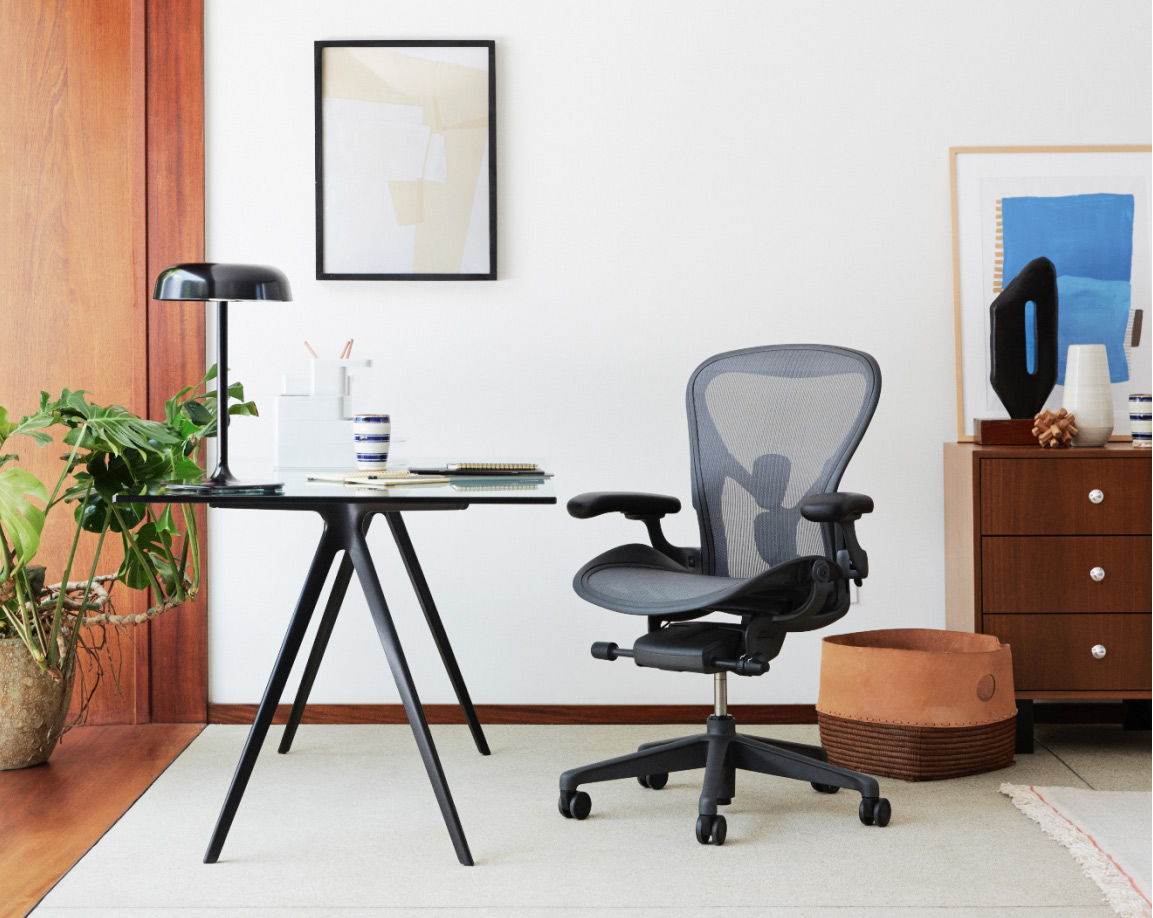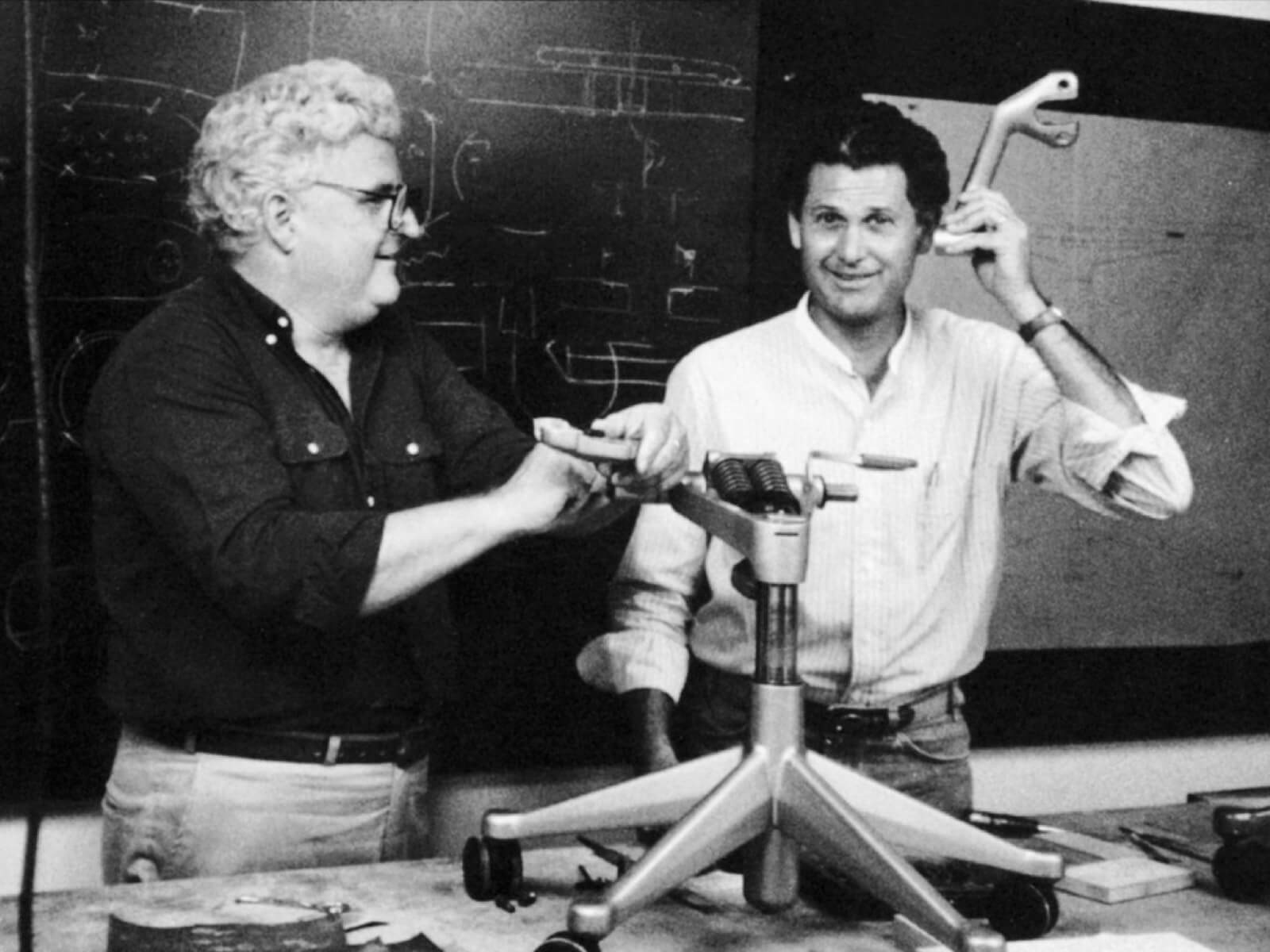
When talking about furniture designs that made an impact on human behavior, one can’t miss bringing up Herman Miller’s Aeron chair. Launched over 20 years ago, Aeron still remains an icon of today as a chair for everybody—providing answers to all ergonomic, functional and environmental needs, which kickstarted the movement of ergonomics and sustainable furniture in the following decades.
The origin of Aeron dates back to the 1970s as a project for the elderly. The time when the United States saw continual growth in the aging population. The rise in the number of senior citizens, combined with a lack of furniture with ergonomic support, promised a great market opportunity for the American furniture company Herman Miller.
Through careful observations, Herman Miller’s designers Bill Stumpf and Don Chadwick realized that the elderly spent most of the time on their La-Z-Boys, which were very unfitting for the purpose: The fact that the chair falls backward means it’s difficult for the elderly to get back up with their legs and the foam stuffing distributes the sitter’s weight unevenly so they’re likely to develop skin injuries from retaining body heat and prolonged pressure on the skin.

In 1988, Stumpf and Chadwick developed their first idea, Sarah, the predecessor of the Aeron chair. Though it was born out of a smart idea, the Sarah chair fell short and its futuristic design ended up being intimidating for its target group.
 Photo credit: Pin Up Magazine
Photo credit: Pin Up Magazine
While Stumpf and Chadwick were deeply disappointed, they were approached by Herman Miller a few years later with a request if they could apply their learnings from the Sarah chair to office furniture, which was in higher demand at the time. Stumpf and Chadwick took the same design approach when they made Sarah: by observing human interaction within their environment. They learned that people work in all sorts of positions: reclining back and forth or with keyboards on their laps. The new chair—Aeron—was designed based on Sarah’s reclining mechanism but this time, the foam cushion was replaced with a pellicle mesh that molds any sitter’s body while allowing airflow to the skin. Dematerializing foam was a big move for Herman Miller, but it inspired other brands in the industry to aim for more sustainable designs later on.
 Photo credit: Herman Miller
Photo credit: Herman Miller
 Photo credit: Hive Modern
Photo credit: Hive Modern
Similar to the Sarah chair, Aeron embraces comfort and had a mechanical appearance which turned out to be a breakthrough—bringing success to Herman Miller with overflowing orders and was featured on popular TV shows like Will and Grace and The Simpsons. Following its launch 20 years later, Aeron went through an upgrade while maintaining its core visual. Its successor—Aeron remastered—didn’t fail to impress the fans with its improved ergonomics, breathability and comfort.


